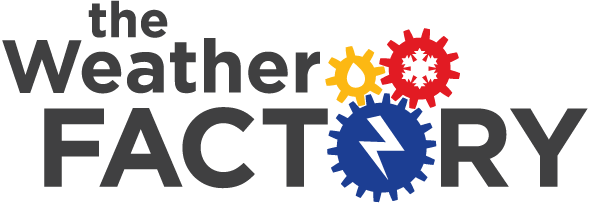VORTEX2
Why do tornadoes form? What makes some storms produce tornadoes, while other do not? Why are some tornadoes strong, and others weak? How can we issue better warnings? How can we reduce the false alarm rate? Can longer warning lead times be achieved?
The most ambitious tornado research project ever kicks off today (May 10th) in the Plains states. An unprecedented armada of scientists and instruments will roam the Plains between now and June 13th.
Ten mobile radars, including the Doppler of Wheels, University of Oklahoma SMART radars, the NSSL NOXP radar and other university and research radars will be out and about.
Ten mobile mesonet vehicles will be employed. Crews will stand ready to deploy all sorts of portable instruments, including Sticknets from Texas Tech and tornado pods from Josh Wurman’s group. There will be mobile balloon launches and even unmanned aircraft.
There will be no home base. The armada will move as it pleases, directed into place by a central command. Their goal will be to completely surround supercell thunderstorms to sample the atmosphere and see what causes tornadoes. They will look for clues in the wind, temperatures and moisture readings that they will find.
The original VORTEX project in 1994 and 1995 was successful in documenting the entire life cycle of a tornado.
The VORTEX2 project is organized by NOAA and the National Science Foundation. VORTEX2 will extend into 2010, with the armada reassembling on the Plains late next spring.
Kevin Selle attended the press briefing last week and has recorded some great sound bites for WeatherBrains. You will have to be sure to download this week’s version.
Category: Uncategorized















